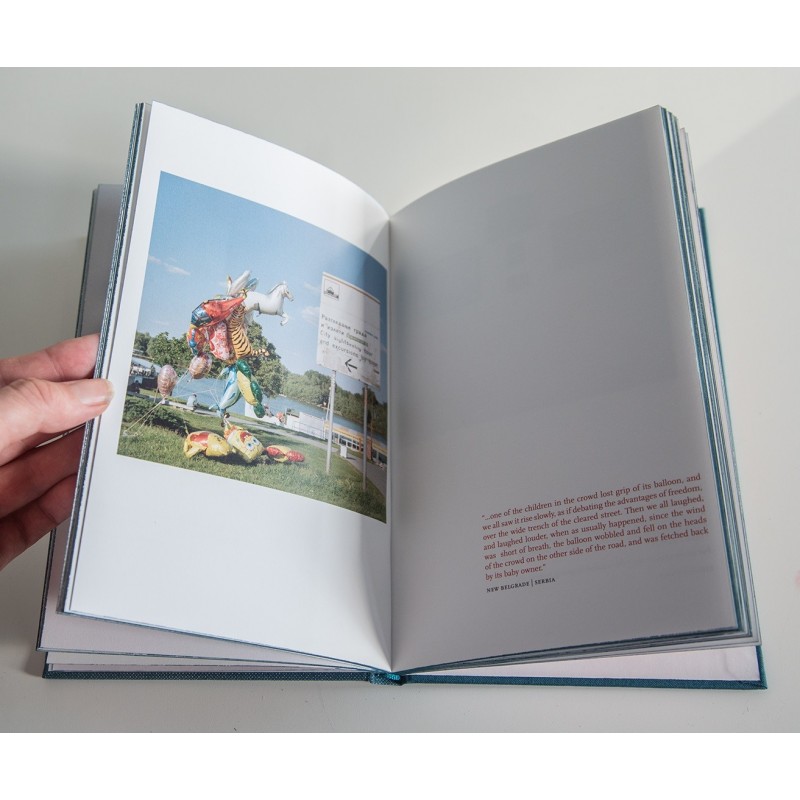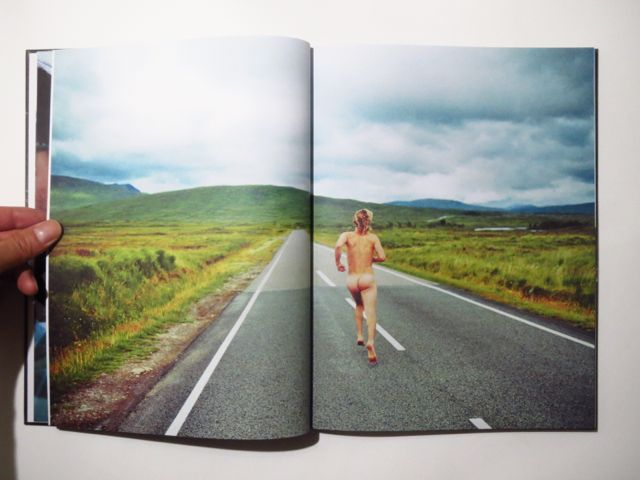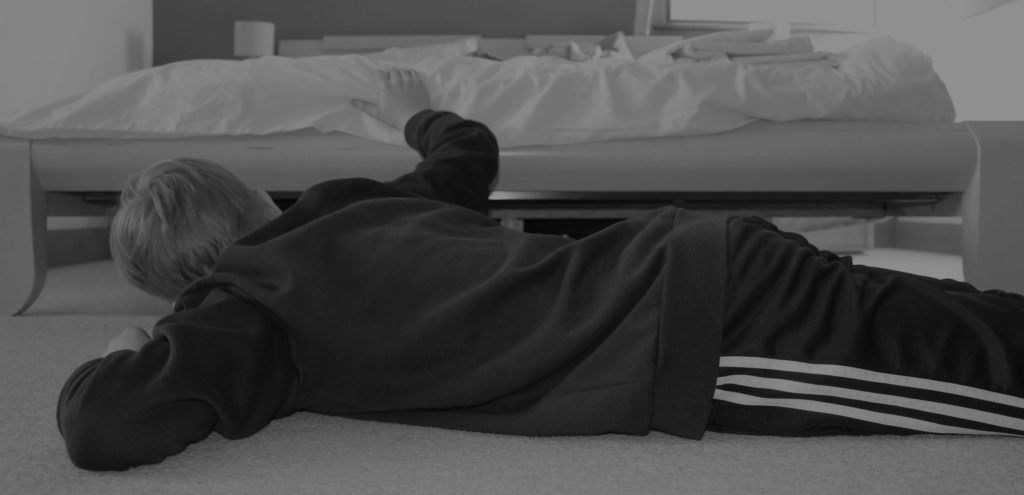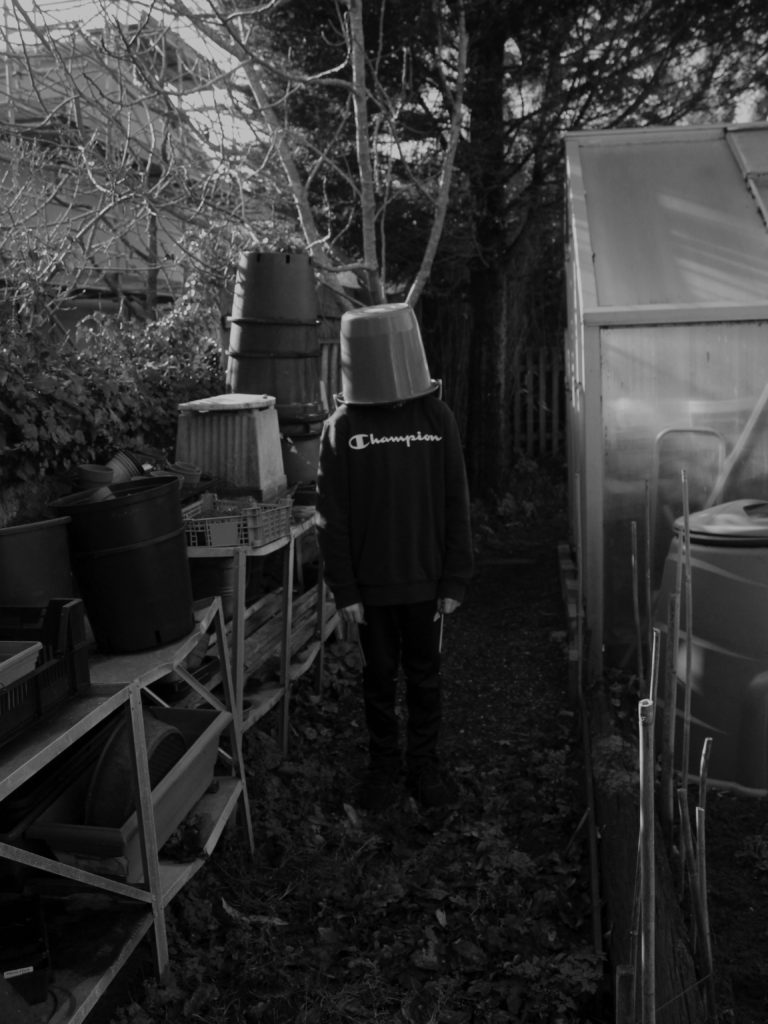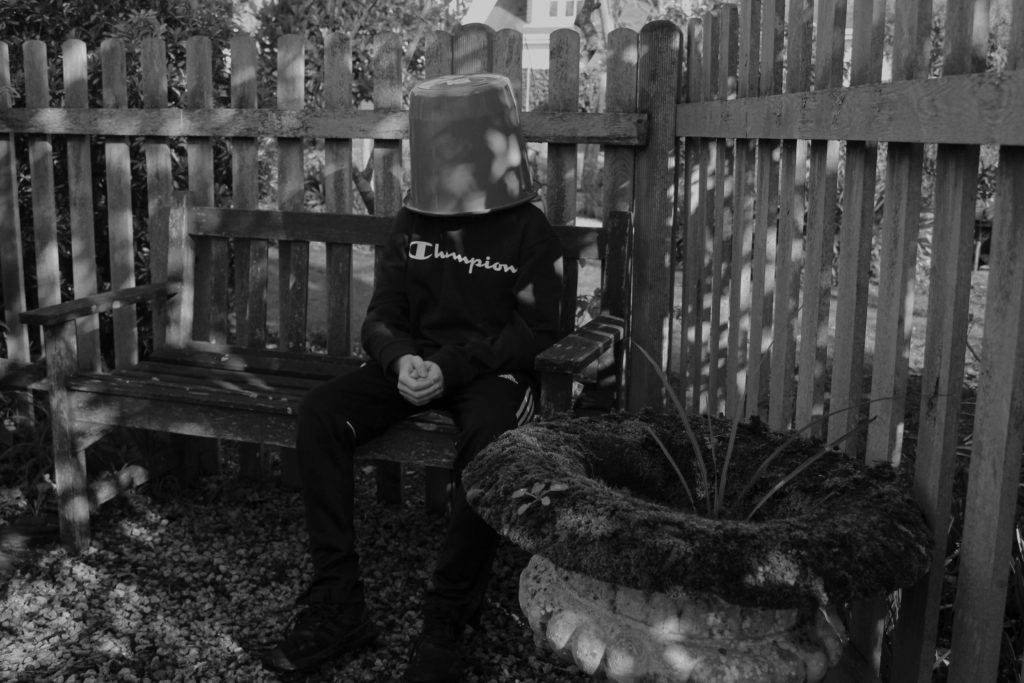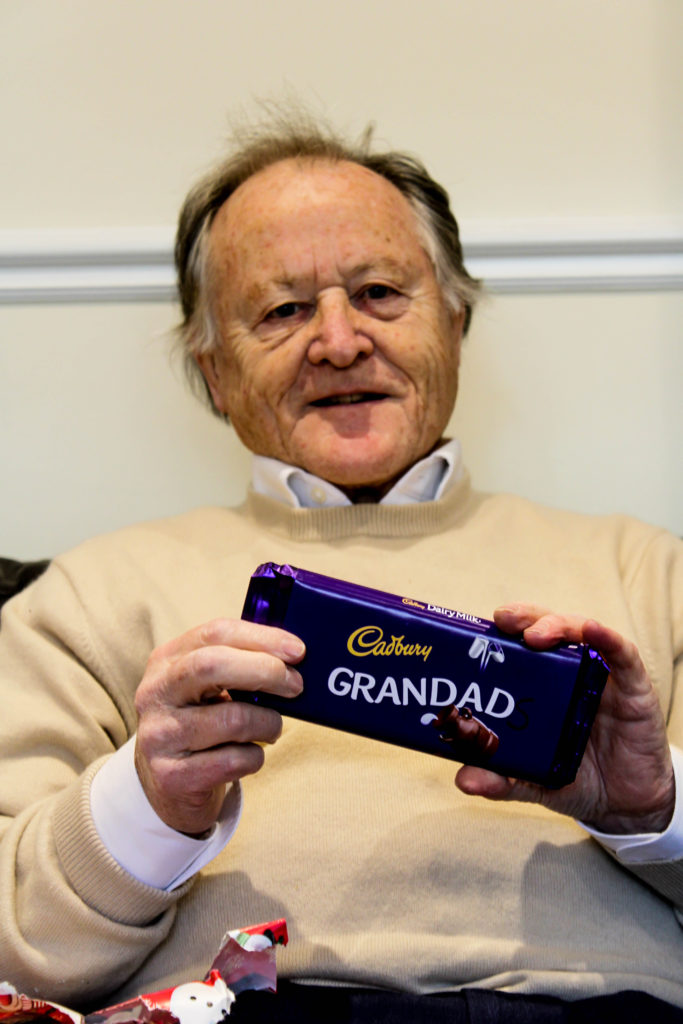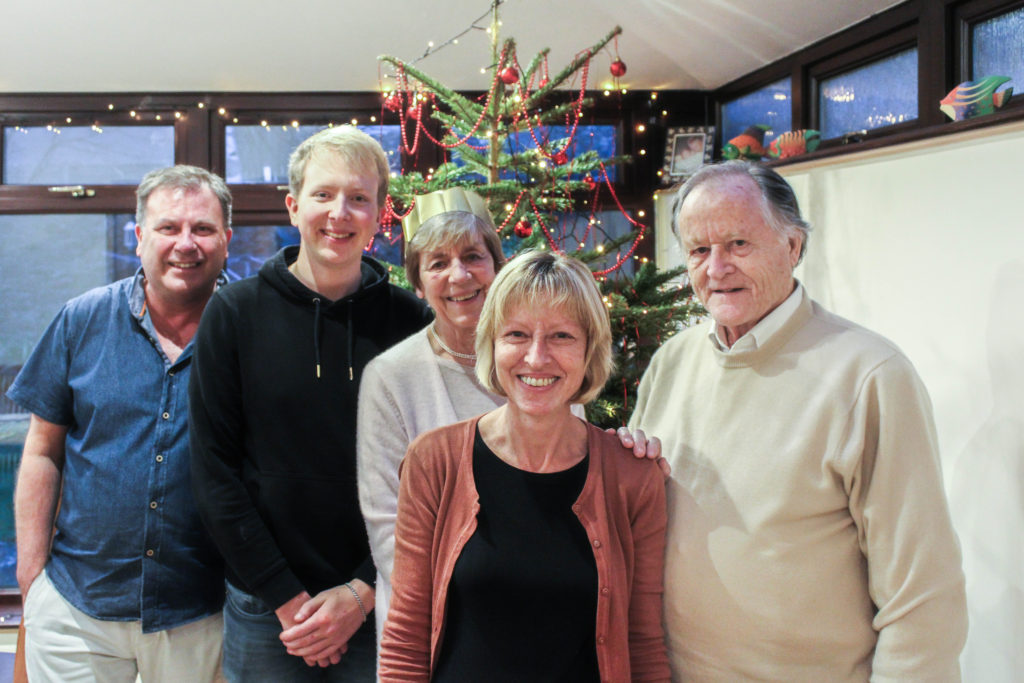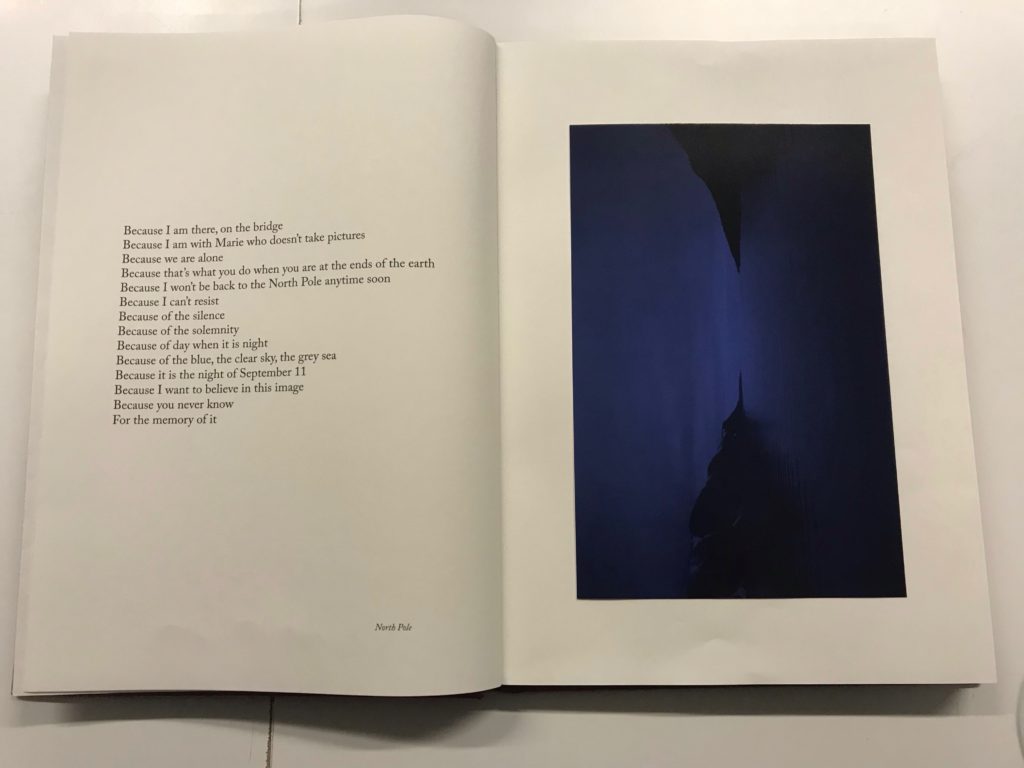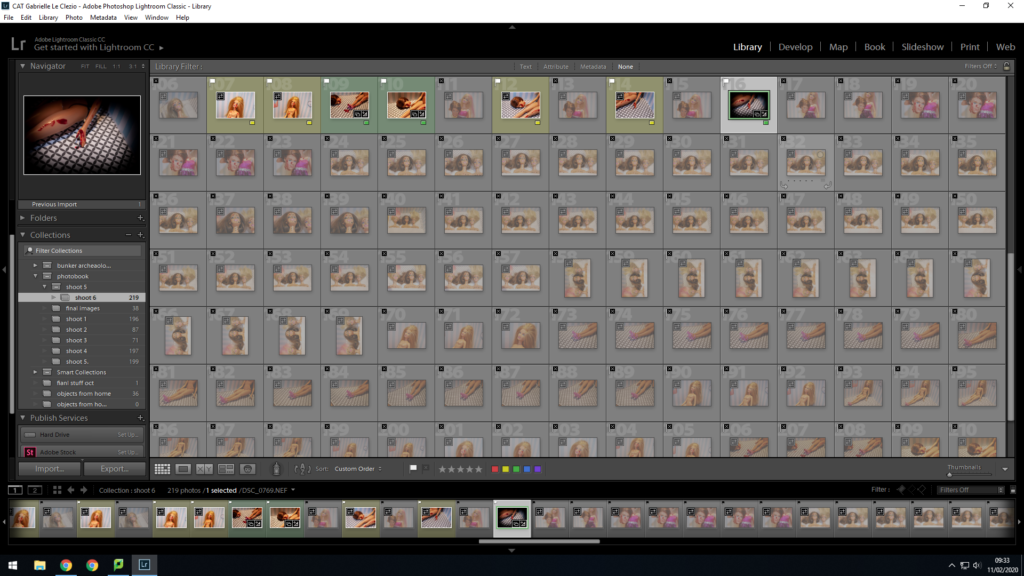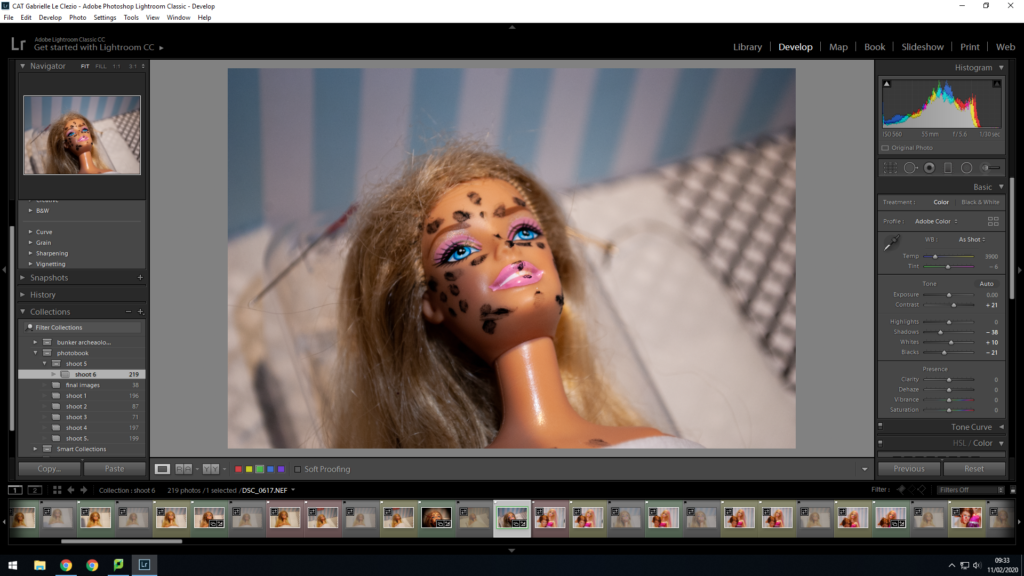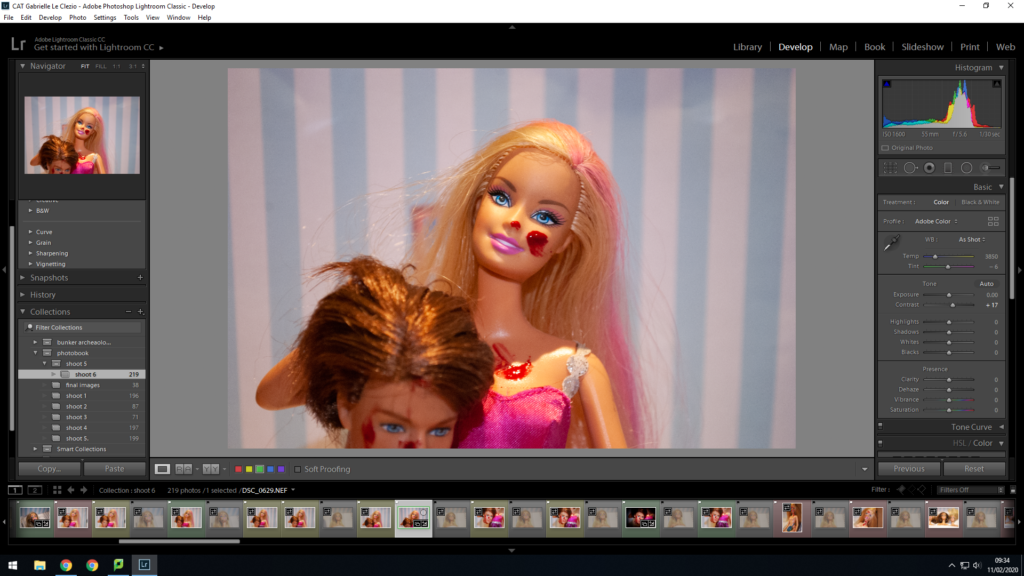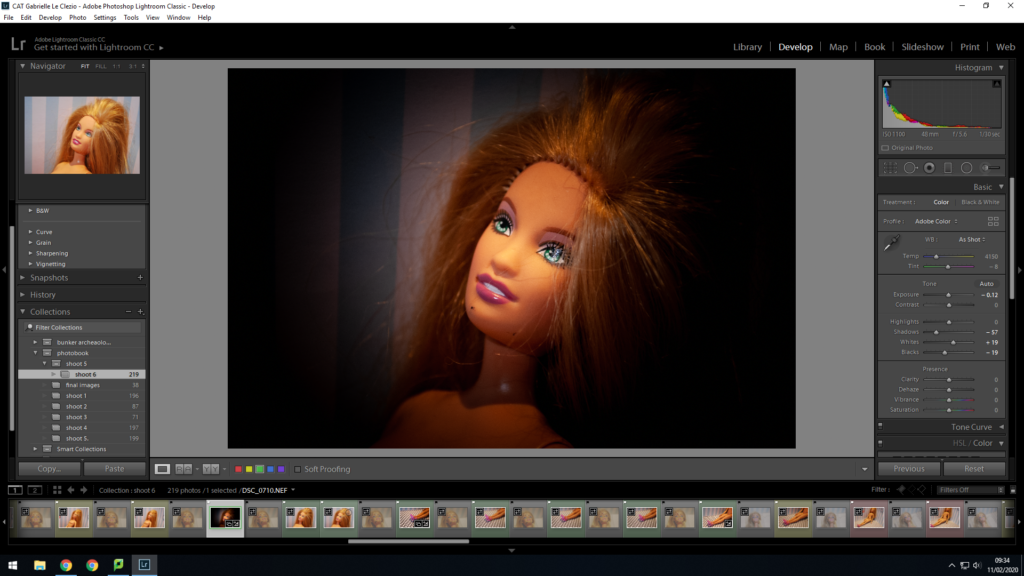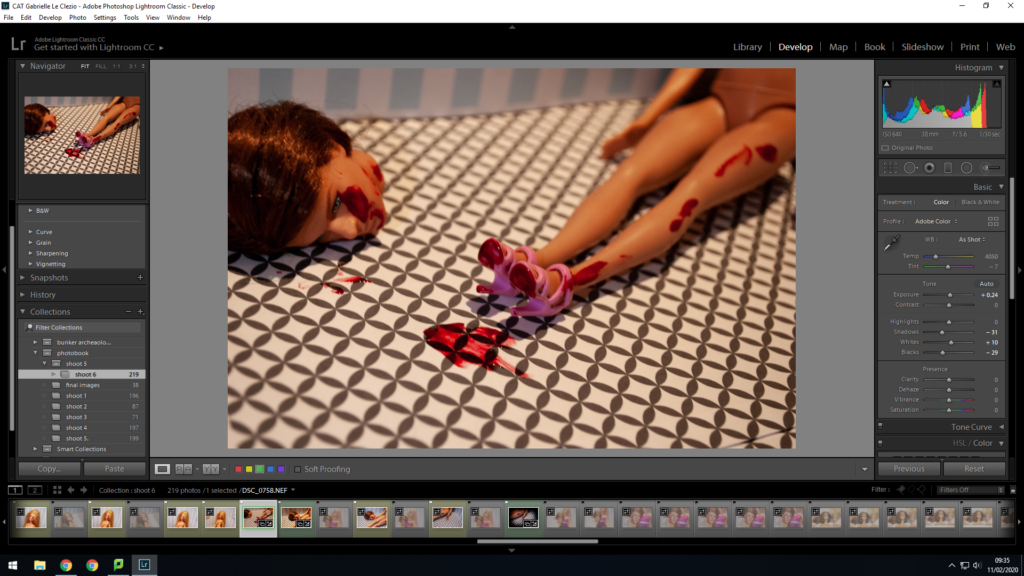https://www.lensculture.com/projects/688668-historias-fragmentadas
Originally from Lima, Perú, Claudia Ruiz Gustafson is a fine art photographer based in Massachusetts. Her work is mainly autobiographical and self reflective.
Claudia Ruiz Gustafson grew up in a conservative middle class family in Perú and moved to the US when she was in her twenties. As time went and the last of her grandparents died, Claudia felt compelled to bring attention to what she had left behind, being the only person in her family who left her country of origin. This series made Claudia look deeper into her past by exploring memories and the emotion of loss.
In her series, Historias fragmentadas (Fragmented stories), she creates digital compositions from images of the past. By tearing, juxtaposing and layering archival documents, fragments from her journals and objects from her childhood, she has shed light on a personal story within an ancestral story that spans generations. Continuing her exploration to recall what she has lost, Claudia uses staged imagery, mostly self portraits, to transport her physical presence into the spiritual past as seen in the compositions. The conversations within this series, exposes the vulnerability of childhood, a longing for a time gone by and the truths of a particular Latin American Family.
I have chosen Claudia Ruiz Gustafson as my final reference for my personal investigation because her autobiographical, self reflective series Historias Fragmentadas has inspired me to make my own digital compositions. Like Claudia, I want to use archival images and documents to explore my past and my cultural identity. To respond to her work I will be juxtaposing, tearing and layering archival images in order to tell a personal story. I also hope to continue exploring my past through self portraits.

This digital collage depicts two photographs combined together. The archival image in the background depicts a middle aged man and two children. The family portrait seems to have been captured in the forest and is definitely from the past suggested by the torn edges and black and white film. The foreground image, torn in half, also depicts a forest landscape. Perhaps the same forest location from the background has also been captured in the present. I make this assumptions because Claudia feels like the best way for her to tell stories is by juxtaposing elements from the past and present. The foreground image is in colour which is why I assume that the photograph has been captured recently. Like Carolle Benitah, Claudia also uses the colour red when presenting her archival images. Apparently she uses the colour red because it symbolises the blood lineage among family members. What instantly captures your attention are the two red spirals created by thread. Both circles focus on faces depicted in the family portrait: The middle aged man, presumably her grandfather, and the young girl who is most likely to be Claudia herself. She has probably created this visual aspect to explore the relationship she used to have with her grandfather before he died. Claudia has said that the reason why she created this series is to bring attention to what she had left behind in Peru when she moved to the US.

Claudia has worked with a photograph from her family archive that she has inherited from a relative. The colour red makes an appearance once again and this time it seems to be some sort of fabric which runs down the middle of the composition. The Portrait image is torn in half, probably signifying that although her mother/grandmother has passed away the family blood line still remains. This digital collage displays layers of different archival material combined together. In the middle there is a fragment of paper, perhaps from her childhood journal or a letter she has received from the individual in the image



